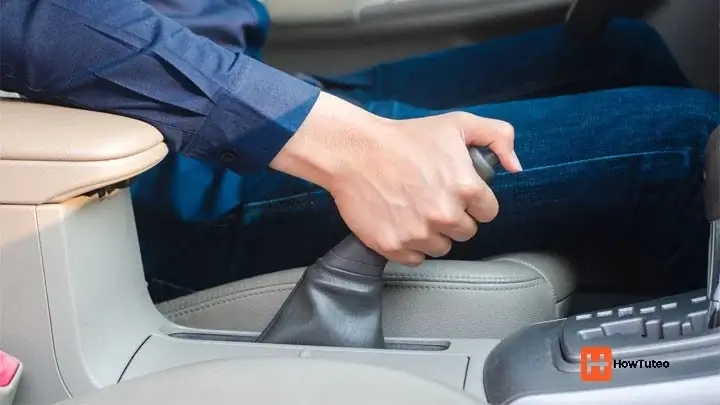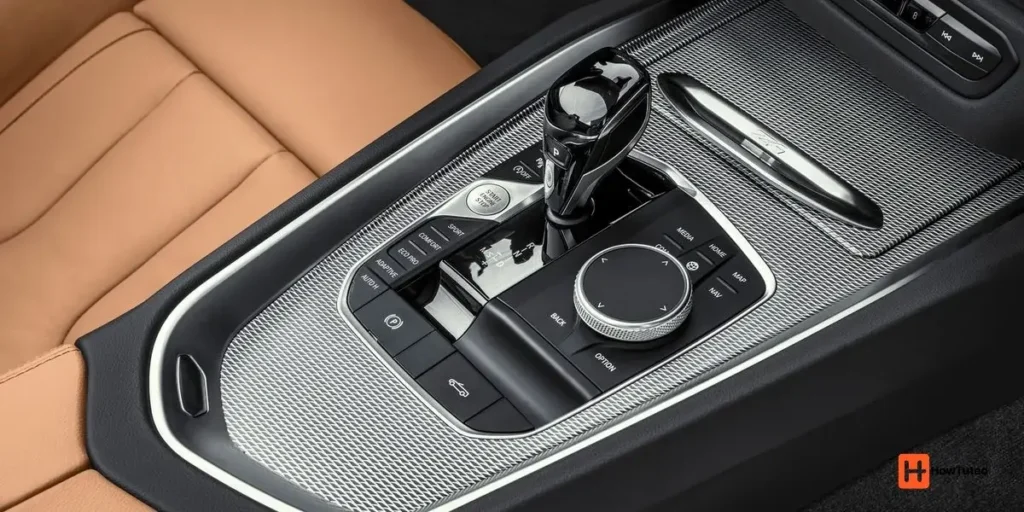You are probably used to drive cars with manual transmission. But when it comes to drive an automatic car you are a little bit confused? In reality automatic transmission cars are easier to drive than manual ones. If you are planning to switch to an automatic transmission car or you are about to drive one, you are in the right place! Keep reading our tutorial tu discover how to drive an automatic car, how to start it and how to park it.
What you should now
- Before starting the car, depress the brake pedal with your right foot
- To go forward move the shift from P (Park) to D (Drive)
- To go backwards move the shift from P to R (Reverse)
- While driving forward leave the shift in D, the transmission will select the appropriate gear for the speed of the car
- When you park the car and before switching the engine off, move the shift to P (Park)
- Only switch gears when the car is totally at standstill
Important to do first
- Adjust your seat: Make sure that your tight foot can firmly press the accelerator and the brake pedals
- Adjust the mirrors
- Fasten your seat belt
1. Start an automatic car
Push the brake pedal with your right foot
Almost all the automatic cars won’t start if you don’t press the brake pedal while starting the engine. Some car models will start even if you don’t push the brake pedal, but the majority won’t.
For extra safety push the brake pedal every time when you starting your automatic car. That makes you sure that the car is not going forward or backwards when the engine starts.

Turn the key or push the “start engine” button
While pressing the brake pedal turn the car key to ON position (For cars starting with key) or push the button “Start engine” (For key less start cars).
Now that the engine is running, turn on the lights if needed, turn on the climate control or connect your phone to the car’s multimedia system.
Shift to D or R to leave your parking spot
Push the lock button (which is usually on the side or in the front of the shifting lever) and move the shift from P (Park) to D (Drive) to go forward or R (Reverse) to go backwards. Once the shift is on the right position release the lock button. Now you are good to go.
Take your hand away from the shifter especially when you are driving. It is recommended to not rest your hand on the shifter while the car is in movement.

Release the parking brake
Before start driving, and while your foot is always on the brake pedal, release the parking brake. Press the button situated on the top of the lever and low it. With the parking brake off, once you take off your foot from the brake pedal, the car will start moving. Now accelerate to reach the desired speed. (Always stay respect the speed limits and safety instructions)

In some cars (especially trucks and some SUVs) the parking brake is a pedal on the floor. You will need to push it to release it or in some cars you will find a separate break release next to it.
For cars with electric parking brake (which is a button usually in the central consol) you will not need to manually release the brake, it will be automatically released once you start taking your foot off from the brake pedal.
Tip: Always place your car in D or R before releasing the parking brake. This reduces unnecessary stress on your transmission because you won’t be relying on it to hold the car in place. This is especially important when the car is parked on a hill.
2. Driving an automatic car
Leave the car in D while driving
This is why driving an automatic car is easier and that’s why most people prefer it. Once you get going, you don’t need to change the position of the gear shifter. Just keep it on D and let the gearbox do the work for you and change gears depending on the car’s speed.
Use only your right foot
If you are used to cars with manual transmission, you already now that for the accelerator and brake pedals we use only the right foot, and we use the left foot for the clutch. It is the same for an automatic car, just without the clutch pedal. So use your right foot only and rest your left foot on the foot rest.
Tip: Be careful if you are driving a car with parking brake pedal on the floor. It is usually way off the left side so you could not mistake it for a clutch, but be aware of it.
Shift to R if you want to reverse
When you are at complete stop keep your foot on the brake. Then, press the gear shifter button an move it to R. Now, once you take your foot from the brake, the car will start moving backwards. Slightly accelerate to the right speed (While reversing accelerate very carefully).
Special gears
In some automatic cars, there is some special gears or shift positions, each one is used for specific situations (You can learn how to drive an automatic car without necessarily knowing those special positions).
L position: You can find the gear position L (Low) just below the D in some vehicles. It is used when you need less speed and more power. You will rarely need to use this position but it is handy in the following situations:
- If you need to tow for a short distance
- Wet weather conditions
- Really steep hills
Manual position: It is usally marked with a “+” and a “-“. In must cases you can activate manual mode by shifting the lever to the side where the symbols are. When placed in the manual position you can use the shifter to manually change the gears instead of letting the car do it by itself.
N position: In a manual car you always sitch to the N position each time you stop the car. In automatic cars it’s used very rarely. The N (Neutral) position is only needed if you are being towed.
S position: In some vehicles you can find the S position. The S stands for “Sport” and it is used to switch the gear box to a sport mode. Usually sport mode activates more power and adds more delay in switching gears.

3. Parking an automatic car
Shift to the R gear to park into a parking spot
It’s always safer and more practical to park backwards into a parking spot. For that, make sure that the car is in complet stop, let your foot on the brake, and switch the shifter from D to R. Take your foot off the brake and accelerate slightly with the same foot. Adjust your trajectory with the steering wheel.
Engage the parking brake
When you stop the car into your desired parking spot, keep your foot on the brake, push the handbrake button and pull it up until you hear it click. Let go the button and take off your hands the brake lever.
For cars with parking brake pedal on the floor, make sure that the car is in complete stop, keep your foot on the brake pedal, and push the parking brake pedal all the way.
For cars with electrical parking brake, make sure that the car is in complete stop, keep your foot on the brake pedal, and pull the parking brake button up. You will hear ana electrical sound at the back of the car. Your parking brake is engaged.

Tip: Always engage your parking brake before switching the gear to the P position.
Switch the gear shifter to P
Push the gear lock button and move the shifter from R (Or D) to P. While it is parked, the car stays in the P gear position. Don’t switch to N (Neutral) like in a manual transmission. Remembre, P stands for “Park”.
Switch off the engine
You’re done! Now you can switch off the engine by turning the key to the OFF position or pushing the “start engine” button if it’s a key less tart car. Don’t forget the keys while leaving the car, and remember to lock the doors.

We hope that, after reading our tutorial, you now know how to drive an automatic car. Drive safe!









